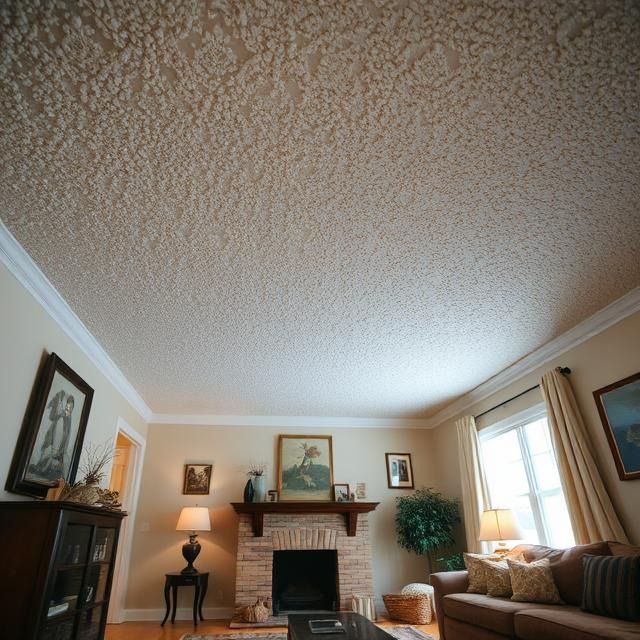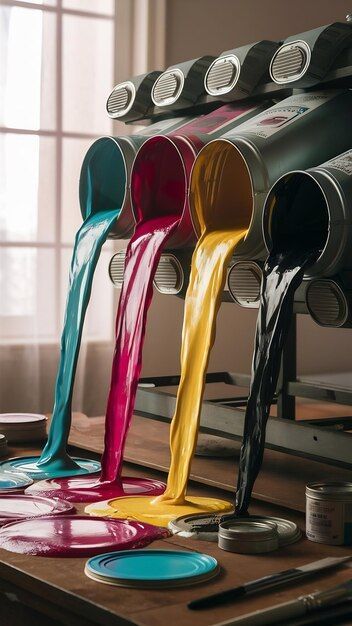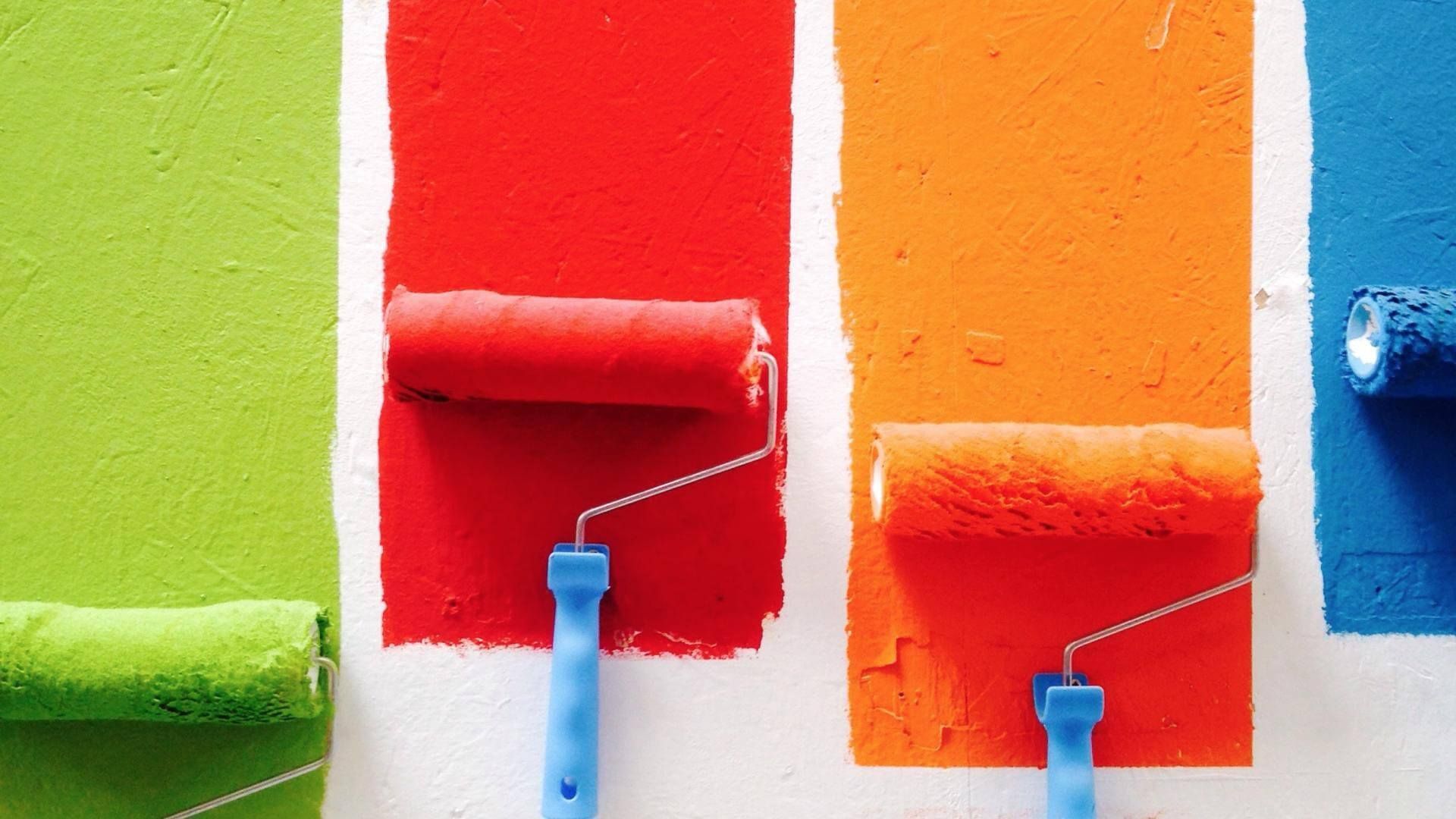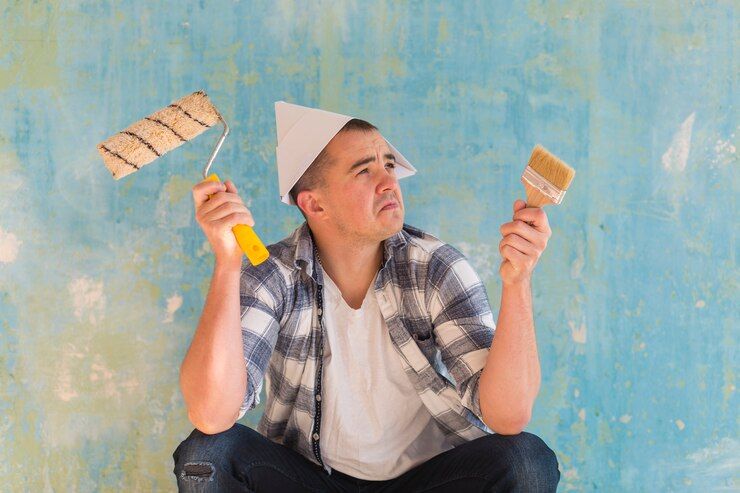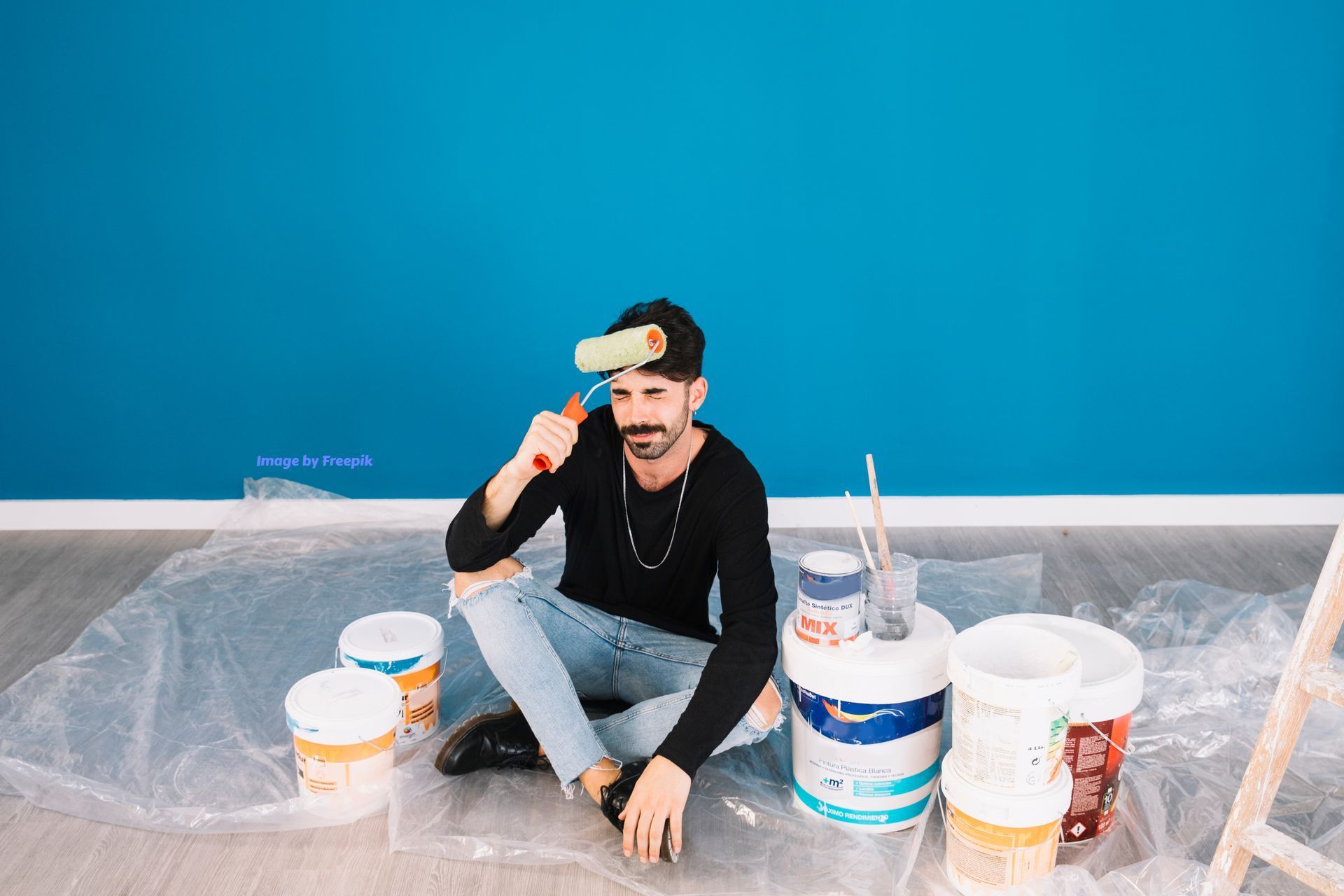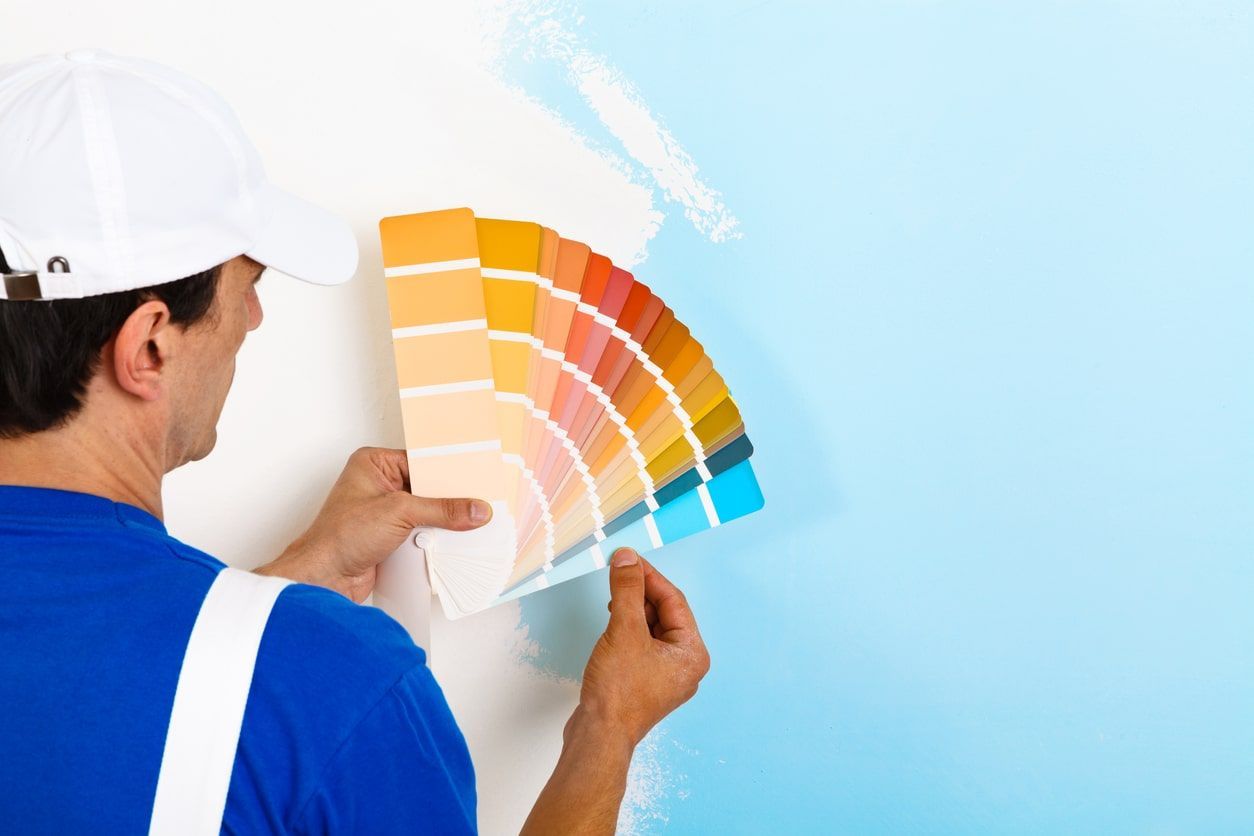The Crucial Role of Primer: Tips from the Top Honolulu Painting Company
Thinking of skipping primer? Think again! Without primer, the paint would struggle to stick. That leads to uneven coverage, patchy colors, and a paint job that won’t last long.
Especially in a place like Honolulu! With its salty air and humidity, using a good primer can mean the difference. A difference between a paint job that fades fast and one that looks vibrant for years.
Let’s dive into pros and cons of quick drying paint and why primer is so important. And how you can make the most of it for any painting project.
What is Primer, Anyway?
Primer is a preparatory coat that goes on before the actual paint. Think of it as the handshake between your wall and your paint. It makes sure the two get along well. It’s a base layer that does 3 main things:
- Seals the Surface – Primer closes up tiny pores on walls. That helps paint go on smoother and last longer.
- Improves Adhesion – Paint sticks better to primer than to bare walls. That means it’s less likely to peel or chip.
- Enhances Color
– Primer gives you the exact color you picked without any surprises. No old colors peeking through!
These are just some reasons why primer is essential. But knowing why primer matters is only half the battle.
Let’s talk about when to use it and which type to choose.
When Should You Use Primer?
Here’s the rule of thumb: if you’re unsure, always go with primer! But here’s a quick guide for when the primer is a must:
- New Walls – New drywall or plaster? Primer is essential because fresh walls absorb paint unevenly.
- Big Color Changes – Going from a dark color to a light one? Primer helps prevent the old shade from bleeding through.
- Stained Surfaces – Stains, watermarks, or smoke damage? Primer covers it up. So it doesn’t mess with your final color.
- Glossy Surfaces – If your wall is shiny or slick, primer helps the paint adhere better.
Types of Primers: Which One is Right for Your Project?
There’s more than one kind of primer. And picking the right one can really help. Here’s a quick look:
- Oil-Based Primer – Great for wood, metal, and surfaces that might stain. It’s a heavy-duty option but needs mineral spirits for cleanup.
- Latex Primer – Perfect for drywall and plaster. Easy to clean up and dries quickly.
- Shellac Primer – The heavy lifter for covering tough stains or odor damage. Use it in small areas with serious issues.
Each type has its strengths. And a good painting company (like us!) can help you choose the best fit for your walls.
Why Skipping Primer is a No-Go
Imagine baking a cake without greasing the pan. That’s what it’s like to paint without primer. You might save time at first. But you’ll pay for it later. Without primer:
- Colors Fade Faster – UV light can break down paint, causing fading. Primer helps protect your color.
- More Coats Needed
– Without primer, your paint might need extra layers. That’s more time, money, and effort.
- Chipping and Peeling – Primer prevents your paint from peeling. So your beautiful walls last.
Pro Tips for Perfect Priming
To get the best results from your primer, try these simple tips:
- Pick the Right Brush or Roller - A good-quality brush or roller helps the primer go on smoother.
- Patience is key - Let the primer dry completely before you start painting. This ensures the paint adheres perfectly.
- Sand Lightly Between Coats – Do a quick, light sanding between primer and paint. It gives you a flawless surface.
Common Mistakes to Avoid
Some DIYers skip the primer to save time. Even when they have the best intentions. Big mistake! Without primer, you risk peeling, cracking, and uneven color.
Another common mistake? Not letting the primer dry completely before painting. Patience pays off here. Waiting the recommended drying time (usually a few hours) helps the paint adhere better. It also prevents streaking.
FAQs: Common Primer Questions
Q: Can I use paint with built-in primer?
A: Paint-and-primer-in-one is great for walls that are already in good shape. But for tricky surfaces or big color changes, a separate
primer is your best bet.
Q: Does primer come in different colors?
A: Yes! White is common. But tinted primer can help when switching between dark and light colors. Ask a pro if a tinted primer will work for you.
Q: How many coats of primer do I need?
A: Usually, one coat is enough. But for walls with tough stains or heavy textures, a second coat might be necessary.
Primer in Action & The Hawaiian Difference
In a tropical climate like Honolulu's, the paint endures constant exposure to UV rays. There is also salty sea air and frequent rain showers. This can cause bubbling, fading, and even mold growth.
Using a moisture-resistant primer can protect your paint job from the elements. So you keep your home looking fresh longer. It's more like a sunscreen for your walls! At Premier Painters Hawaii, we always recommend a high-quality primer to handle Hawaii's unique challenges!
Final Verdicts
To skip primer is to gamble with the longevity and quality of your paint job. So, ready to make your painting project last? Call
Premier Painters Hawaii!
We get what Honolulu homes need. And we’re here to make your space shine.
Contact us today for a free consultation. And get your painting project off to the right start!-

